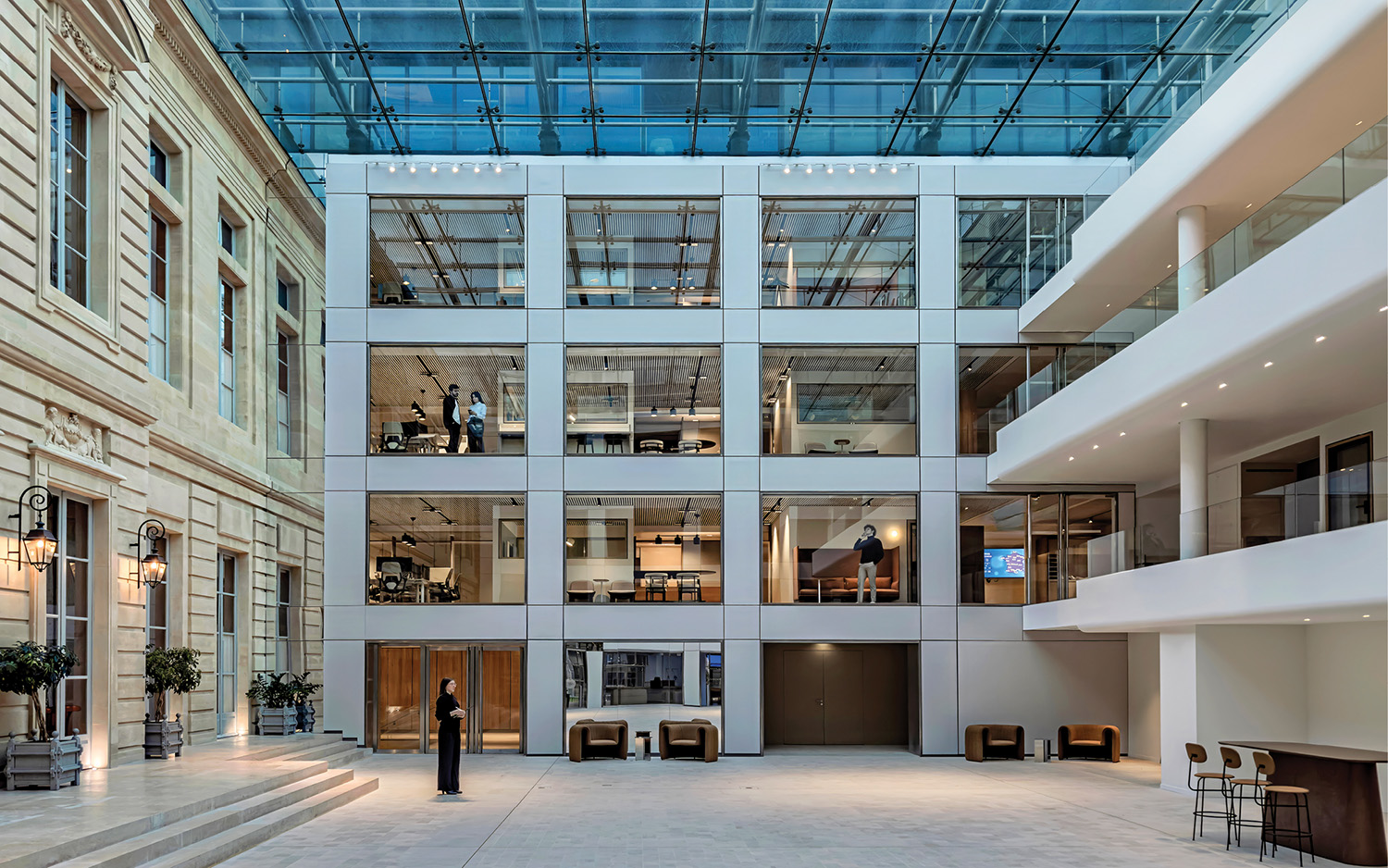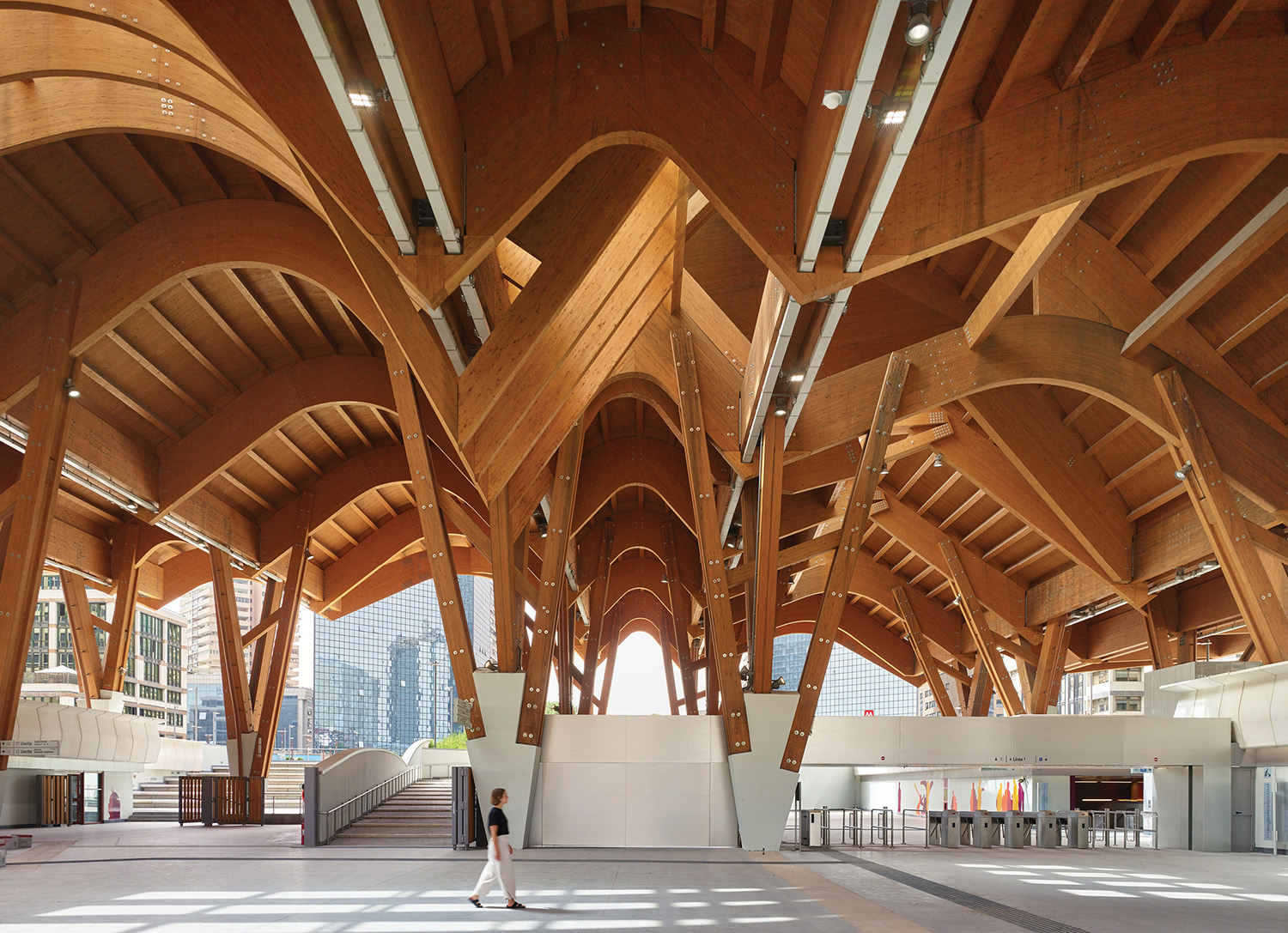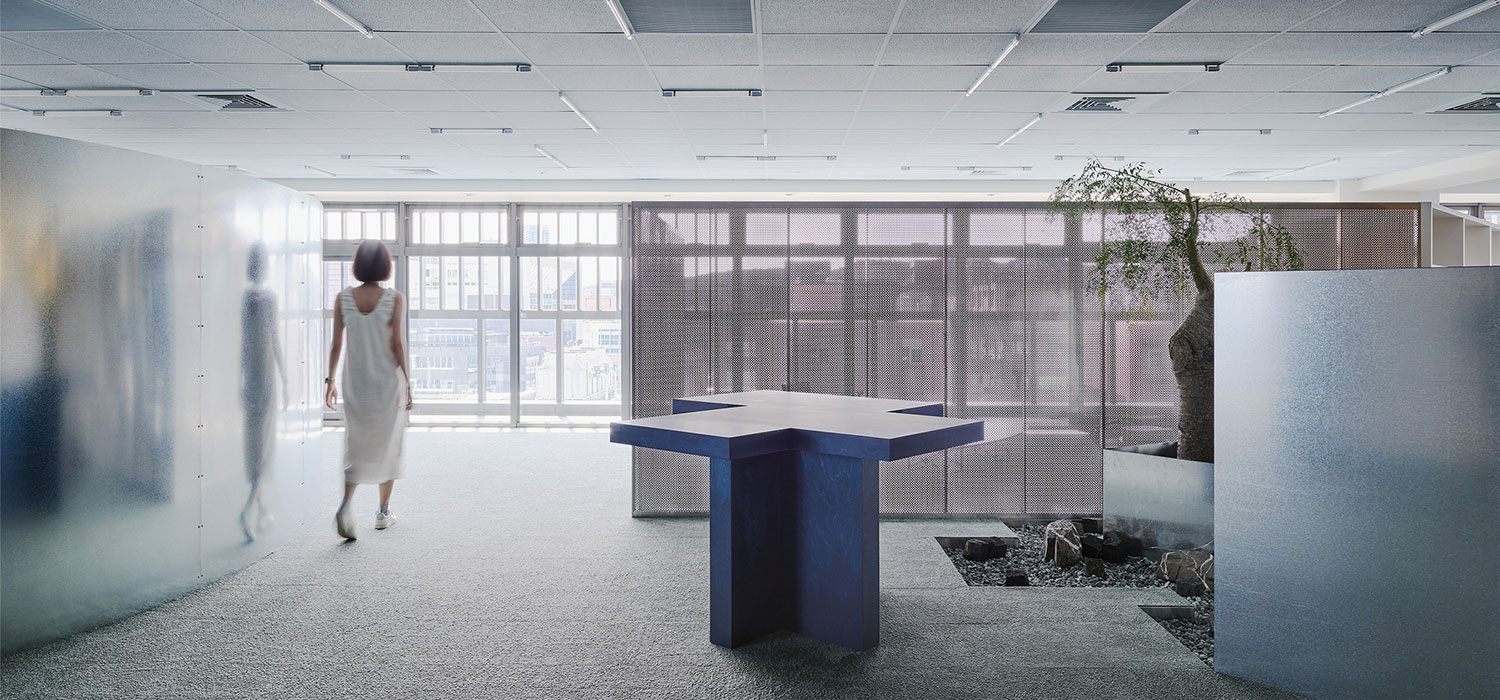Gensler-Designed American Kennel Club Museum of the Dog in New York is Best in Show
It is accepted wisdom in Hollywood that if a picture is in trouble, you put a kid in it. And if the kid can’t save it, you get a dog. There is no higher adorability factor. Every perk of the ears, every moist look, is the performance of a lifetime. The just-opened American Kennel Club Museum of the Dog, housed in a glass office tower in New York, is testament to that truism. From logo (“Arty,” a blue dog) and fine-art installations to interactive stations and a smartphone app, the two-story Gensler-designed museum is a sells-itself celebration of man’s original Best Friend Forever. As part of the project, Gensler also redesigned the AKC’s office headquarters on the fifth floor of the same building.
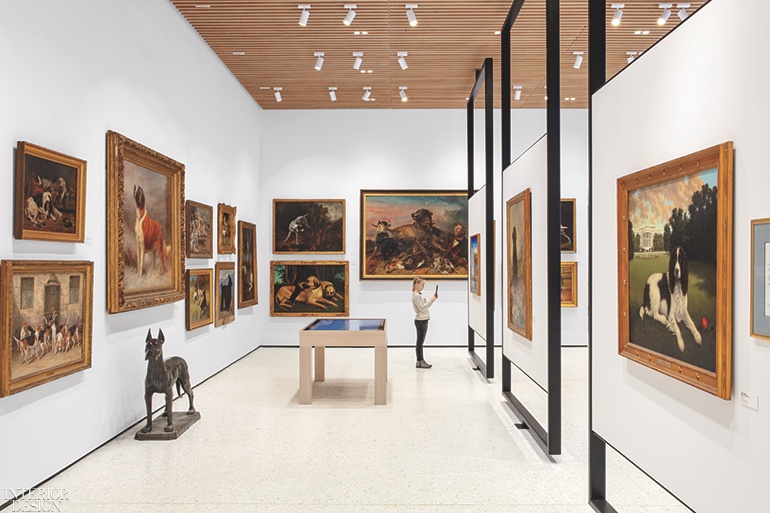
“Every time they saw their dog, it was like ‘Awwww!’ Every time!” Gensler principal and design director EJ Lee says, describing developers working on one of MOD’s signature interactive features: “Find Your Match,” a pair of kiosks at the entrance that takes visitors’ photos and tells them what breed they resemble. I am a greyhound (gentle, independent, noble). I’ll take it. Lee is a French bulldog (adaptable, playful, smart). True? “Uh, sure,” she says, firmly professional.
Read More: 6 Dog-Friendly Homes
“It was such an immersive project, not just about the architecture,” Gensler principal and creative director John Bricker explains. “It was about developing a brand and unique experiences—and also about education, which is what the AKC stands for.” The 135-year-old organization maintains a purebred dog registry, the largest in the world, and is the sports-governing body for more than 20,000 dog events annually (including the Westminster Kennel Club show). Bricker is a Boston terrier. “I’m friendly, bright, and amusing,” he reports. I didn’t ask.

An animated frieze of digitally projected trotting dogs runs across the museum’s facade. Photography by Eric Laignel.
In fact, museum design today is essentially experiential. Interactivity and messaging are central to the conceptual architecture of a project. Many of the problems MOD presented, though, were stubbornly analog. Its collection—1,700 works of art, 58 percent of them three-dimensional objects—had to be selectively displayed. The ground-floor gallery is airy—nearly 15-foot ceilings with a double-height atrium around the stairs—but, at 3,980 square feet, tight. And since one side of the triangular plan is a facade window, there was scant wall space to hang paintings. So Gensler installed seven steel-framed partitions for more display surfaces. Resembling large-scale art-academy easels, they pivot 360 degrees and can be reoriented for different exhibitions and events. The inaugural show, “For the Love of All Things Dog,” includes English 19th-century painter Samuel John Carter’s portrait of a Cavalier King Charles spaniel with a crop in its mouth: Waiting for Mistress with a Cane. It doesn’t get any more obedient than that.
Nearby, another interactive station—“Meet the Breeds,” a touch-screen table—invites visitors to select a dog silhouette and drag it into a kennel, which opens portfolios of information on the type. Vitrines for porcelain figurines, small bronzes, spiked collars, a canine war-hero parachute, and every other type of dog memorabilia include a 34-foot-tall multi-tier steel-and-glass case that flanks the open stair to the second-floor gallery. Behind the stair, a corner with views to the street, plaza, and building lobby houses a tiny AKC.TV studio. Overhead hangs an 8 ½-foot-tall wireframe Labrador retriever illuminated by color-changing LEDs—signage that MOD is here. Stay!
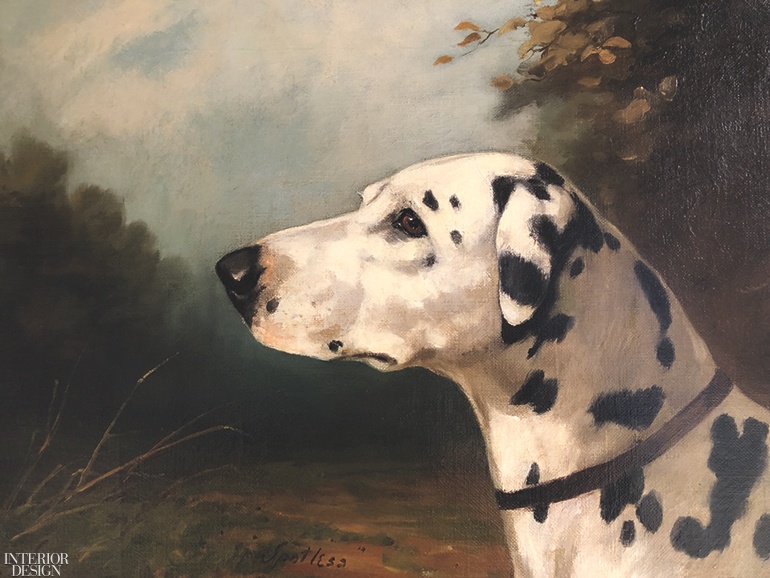
Windholme’s Spotless is an oil on canvas by Percy Earl. Photography by Eric Laignel.
At the top of the stairs, a third interactive feature, “Train a Dog on the Job,” stars “Molly,” a digitally rendered puppy created in (where else?) Los Angeles. She learns to obey voice commands and hand-signals visitors direct at the screen. (With the exception of service animals, every live dog is canis non grata at MOD.) The 7,250-square-foot upper level includes a more than 4,000-volume library and arts-and-crafts stations for family activities such as drawing, coloring, and answering brain teasers involving. . .well, you know what.
Read More: Gensler Strikes the Right Note with Chicago Restaurant Tied House
In redesigning the AKC’s fifth-floor headquarters, Gensler co-opted the building’s problematic, rhomboid shape and turned it into a strength. “I used it as a cue,” Lee says of the angular oddity. At the core of the layout is a triangular grid, with handsome “boulevards” leading away from the reception desk to the corner work areas. The triangular motif is echoed in fittings and fixtures throughout, such as the conference room’s black-and-white dropped-ceiling grid. Contrasting dark and light herringbone oak flooring helps define open space and directs movement to various departments.

Rotatable steel-frame display partitions supplement limited wall-hanging space in the ground-floor gallery. Photography by Eric Laignel.
A 135-foot-long gallery wall—the AKC has its own 260-piece art collection—forms one arterial side of the central triangle, like a hedged sight line in a formal garden. It also sets the materials palette: a play of “antique” and “contemporary sleek,” Lee notes. White lacquered panels, which showcase ornately framed paintings, are framed in turn by concrete-finish walls behind them, a juxtaposition of polished and unpolished that suggests the organization’s pedigree and sense of history as well as its vitality and relevance in the present day.
Downstairs, MOD executive director Alan Fausel sees his mission as bringing new perception to the art and its subject. Fausel—a French bulldog, per the kiosk—has a Welsh springer spaniel, Gemma, and wears a spaniel necktie. “I’ve started seeing dogs differently, in the art,” he confides. Not having a proper pedestal for Sky, James Gion’s life-size bronze of a reclining Irish setter, the director rested it on a real, quilted dog-bed: part curator, part caring owner. “People love it,” he says.
Keep scrolling to view more photos of the project >
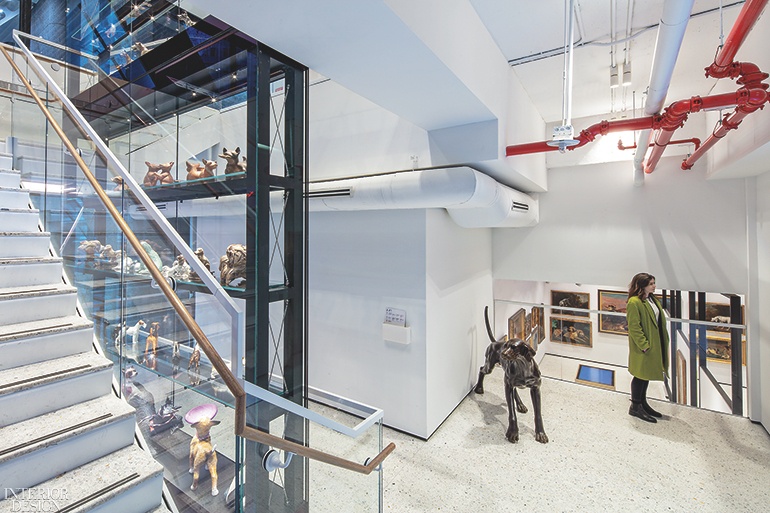
The open stair wraps around a 34-foot-tall custom vitrine showcasing rare porcelains and bronzes of AKC breeds. Photography by Eric Laignel.

The second floor includes a 4,000-plus-volume library with an arts-and-crafts area. Photography by Eric Laignel.
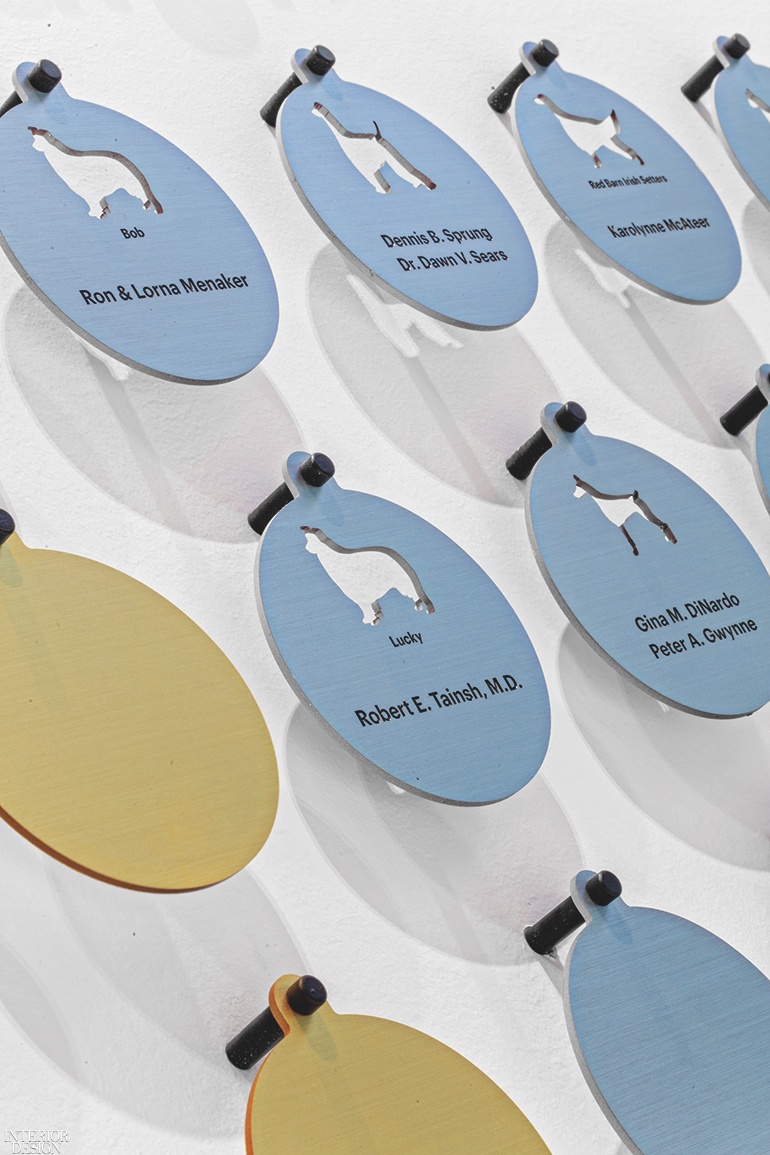
A wall of dog tags in the gallery acknowledges donors and their pooches. Photography by Eric Laignel.





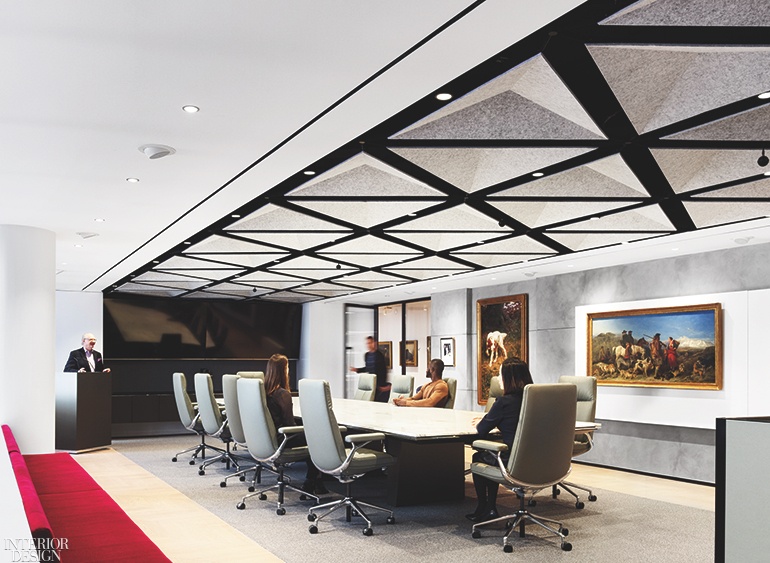
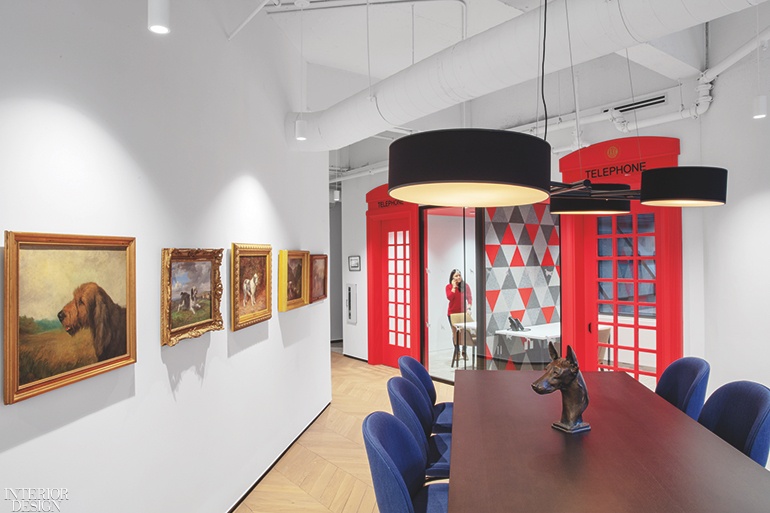




Read More: 12 Pet-Friendly Interiors
